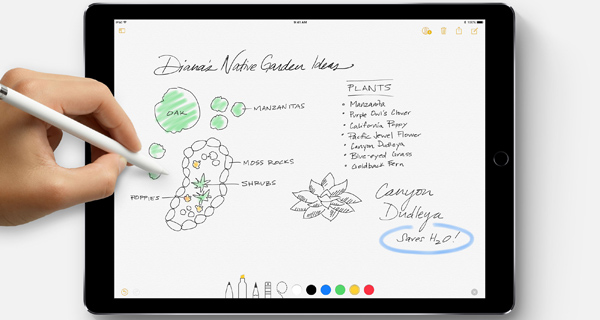Last week, we explored the real power of Artificial Intelligence. AI’s ability to comprehend complex data sets and form patterns enables infinite new possibilities for personalization through the analysis of digital activity. Within the digital marketing industry, AI has been nothing short of a revolution. Here are the top ways in which Artificial Intelligence is impacting digital marketing:
NATURAL LANGUAGE PROCESSING
Natural Language Processing (NLP) is a field that focuses on the ability for computers to process human language to the point where it can generate replies based on inferred meaning. Machine Learning has sharply increased the ability for machines to generate sentiments designed to not only seem as if they were written by a human, but that are optimized based on data to elicit a specific action or emotional response.
Digital marketers fret over when to reach out, what to say, and what channel is most appropriate. AI’s NLP abilities mean that the guessing game has come to an end. AI can analyze big data to decide upon what the best method, channel, and timing will be in order to foster growth, engagement, and sales.
NLP as a trend is on the rise. Angel.co recently valued the average NLP start-up at $4.8 million.
SEARCH FILTERING
In days of yore, Google search rankings were determined by human-created metrics and social media feeds showed posts in chronological order. Now, programs like RankBrain are vital to deciding the criteria for Google’s search rankings while Facebook’s DeepText creates your newsfeed.
ADVERTISING
Artificial Intelligence drives programmatic purchasing, which is when AI determines who to show ads to and when to show them. Removing the burden of purchasing analysis leaves marketers room to focus on crafting powerful messages.
NLP enables AI to understand (through numbers and sentiment analysis) the abstract criterion of “context” and to match individuals with ads based on context to maximize the chances of generating a click or purchase.
According to Ad Exchange, programmatic purchasing accounted for 67% of all global display ads in 2017.
PSYCHOGRAPHIC PROFILES
Perhaps the most anxiety-inducing example of Artificial Intelligence impacts not only digital marketing, but politics.
Psychographic profiles are data-driven psychological profiles of consumers designed to shed light on why they do what they do. Firms like CaliberMind and Cambridge Analytica have turned this into a multi-million dollar industry. Insights gleaned from psychographic profiles are intended to optimize the messaging of both political and commercial ads to induce a desired action from the viewer.
Cambridge Analytica has taken credit for influencing both the Brexit vote and the 2016 presidential election; however, many (including the New York Times) cast a shadow of doubt over the extent of their impact. Regardless, as long as there are insights to be gleaned from digital activity, psychographic profiles will only continue to develop.
SELF-DESIGNING WEBSITES
That’s right, AI has become adept enough to design websites based on data. Wix ADI created this personal trainer’s website and Grid has been designing websites since 2014.
CONCLUSION
Every application of artificial intelligence in digital marketing is relatively new. While these applications are increasing in popularity, expect them to also increase in efficiency and effectiveness as technology continuously advances.










 Last week, we explored the art of
Last week, we explored the art of 



